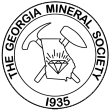Epidote
by
Dave Babulski, Ed.D.
("Tips and Trips", Vol. XXXIX/Three, March 2010, Page 8)
Greetings everyone, the micromount corner is back after a short winter break. This month we will examine micromounts of the common rock forming mineral Epidote. This characteristically pistachio green mineral is a calcium aluminum iron silicate hydroxide with a chemical formula of: Ca2(Fe3+,Al)3(SiO4)3(OH). Epidote forms a solid solution series with the mineral Clinozoisite. Which is a calcium aluminum silicate hydroxide with a chemical formula of Ca2Al3(SiO4)3(OH). Notice that the element Iron is missing from the formula for Clinozoisite. The characteristic pistachio green color of Epidote is due largely to the iron content. Miromounts of epidote can sometimes vary in color from the pistachio green to a fine yellow green; these specimens are most likely somewhere mid range in the solid solution series with Clinozoisite. In most cases, Epidote is secondary in origin appearing in metamorphic rocks, in contact zones between igneous and calcareous sedimentary rocks or from the alteration of Plagioclase Feldspar. With a hardness of 7, Epidote sometimes stands out in weathered matrix which is an advantage when looking for good crystals. The name “Epidote” derives from the Greek "Epidosis" = "increase" in allusion to the crystal characteristic of one longer side at the base of the prism. The mineral was first described in 1801 with the type locality the French Alps. Crystallizing in the monoclinic system, Epidote exhibits well developed 2/m symmetry forming prismatic crystals. I have seen some Epidote crystals that while still prismatic in form, appear tabular in nature. Sometimes you will find Epidote in massive form and occasionally I have seen some Epidote specimens that appeared to be fibrous in nature. Shown below are several photomicrographs of Epidote micromounts.
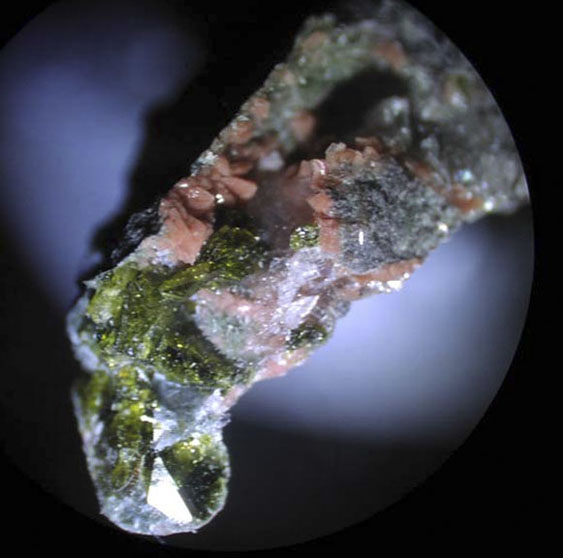
Figure – 1
Douglas County, Georgia, Road cut in Highway 6
Magnification 50X
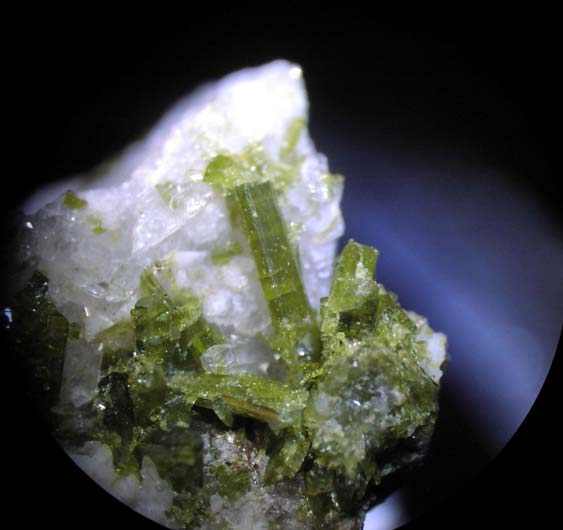
Figure – 2
Epidote with Microcline and Pumpellyite, Knowlton Mine,
Greenland, Michigan
Magnification 50X
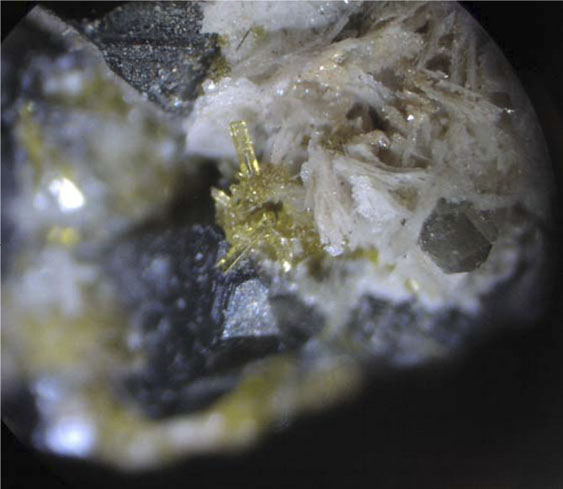
Figure – 3
Idarado Mine, Telluride, Colorado,
Magnification 50X
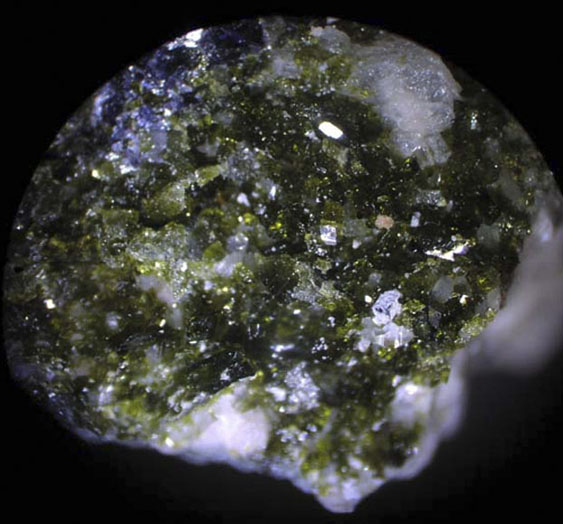
Figure – 4
Epidote with Fluorite, Vulcan Quarry, Pacolet, SC,
Magnification 50X
References:
http://www.mindat.org/min-1389.html
http://webmineral.com/data/Epidote.shtml
Mason, B and Berry, L.G., Elements of Mineralogy, 1968, W.H. Freeman and Co., Pages 488 – 489.
Dana, E.S. and Ford, W.E., A Textbook of Mineralogy, 1951, John Wiley

Figure – 1
Douglas County, Georgia, Road cut in Highway 6
Magnification 50X

Figure – 2
Epidote with Microcline and Pumpellyite, Knowlton Mine,
Greenland, Michigan
Magnification 50X

Figure – 3
Idarado Mine, Telluride, Colorado,
Magnification 50X

Figure – 4
Epidote with Fluorite, Vulcan Quarry, Pacolet, SC,
Magnification 50X
References:
http://www.mindat.org/min-1389.html
http://webmineral.com/data/Epidote.shtml
Mason, B and Berry, L.G., Elements of Mineralogy, 1968, W.H. Freeman and Co., Pages 488 – 489.
Dana, E.S. and Ford, W.E., A Textbook of Mineralogy, 1951, John Wiley

Copyright © Georgia Mineral Society, Inc.
